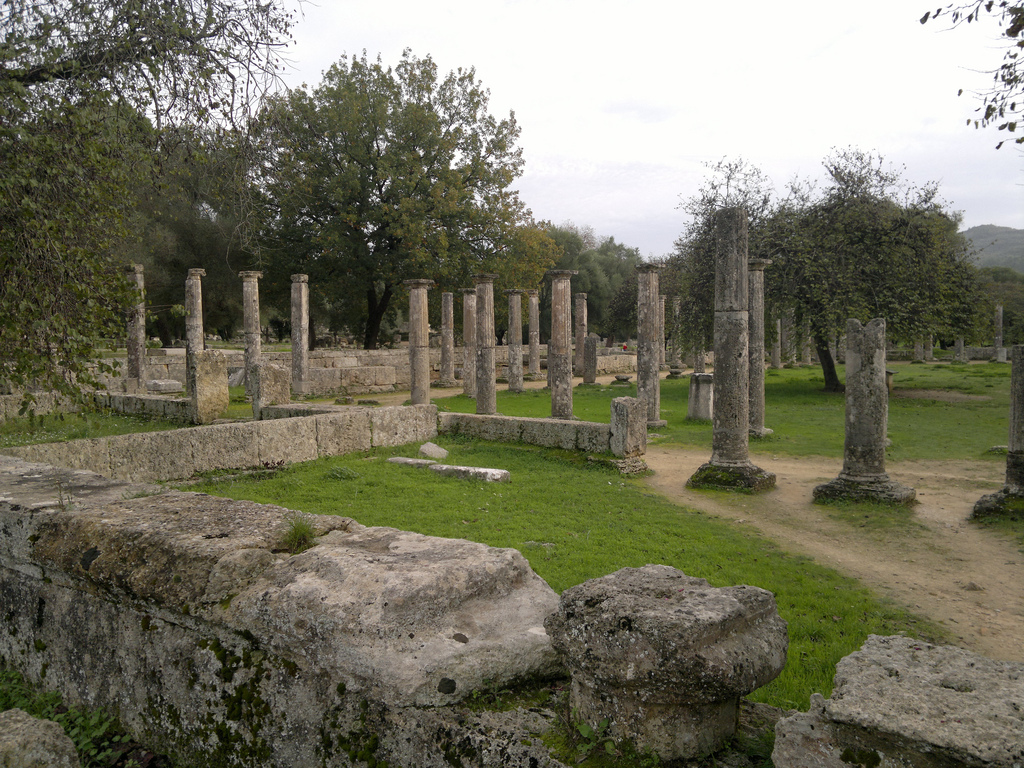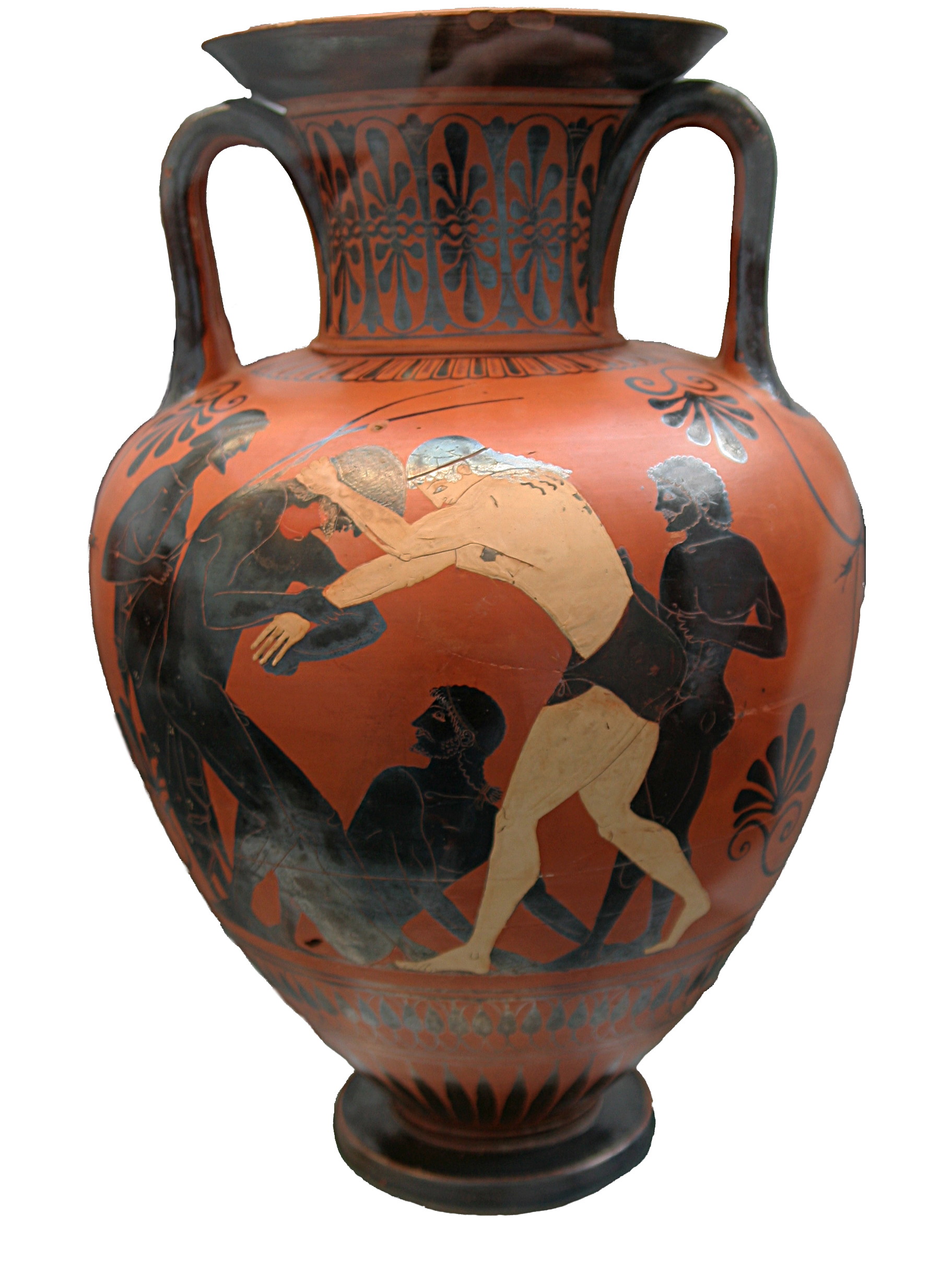Durante esta sesión hemos tratado dos temas esenciales para el profesor de lengua extranjera: el método CLIL y las tutorías.
La clase se ha iniciado con una actividad que consistía en dar dos alternativas y que los/as alumnos/as se agrupen para hablar según sus gustos (por ej. tea or coffee?). Ha resultado divertida y ha dado lugar a mucha interacción en la lengua extranjera aunque, igual que supongo sucederá con nuestro futuro alumnado, había una tendencia en algunos momentos y por algunas personas a pasarse a la lengua materna para expresar algunas de las ideas. Para comprobar que trabajan la L.E. el docente debe acercarse a los grupos y animarlos a seguir en dicha lengua; también puede pedirles que hagan un recapitulatorio con las ideas aportadas y formular oraciones para hacer adivinar al otro grupo de qué persona se trata.
 En relación al método CLIL, la sesión ha resultado muy útil, pues muchos de nosotros desconocíamos múltiples aspectos acerca de cómo se lleva a la práctica en los institutos de Secundaria y Bachillerato. Este método consiste en el aprendizaje integrado de la lengua extranjera en el contexto de otra asignatura, por lo que es necesaria la colaboración entre un/a profesor/a de lengua extranjera y un/a profesor/a de otra materia con capacitación para impartirla en L.E. (para lo que se requiere actualmente una certificación nivel B2). Hemos aprendido que tener sección bilingüe es requisito indispensable para poder obtener un auxiliar de conversación para el insituto y también hemos visto cuáles son las funciones del auxiliar de conversación. Por supuesto, es necesaria la autorización de la familia para la inclusión de un alumno en un grupo de sección bilingüe; además, es deseable que exista acuerdo entre el/la tutor/a, el docente de la asignatura y del profesor/a de la lengua extranjera de que el/la alumno/a podrá seguir el curso y que el hecho de ser impartida en lengua extranjera no le causará dificultades para la comprensión y el aprendizaje de la asignatura. Hemos podido ver en esta clase algunos ejemplos de esta metodología y su aplicación en clase de Matemáticas o Física y Química. Si bien es cierto que se puede emplear para estas clases material "real" además del libro de texto, me parece esencial que todo el material esté adaptado al nivel de conocimientos en lengua extranjera del alumno, aunque considero que se puede ir ligeramente más allá ("i+1" como sostenía Krashen) para enriquecer el vocabulario específico de la asignatura y del tema que están tratando.
En relación al método CLIL, la sesión ha resultado muy útil, pues muchos de nosotros desconocíamos múltiples aspectos acerca de cómo se lleva a la práctica en los institutos de Secundaria y Bachillerato. Este método consiste en el aprendizaje integrado de la lengua extranjera en el contexto de otra asignatura, por lo que es necesaria la colaboración entre un/a profesor/a de lengua extranjera y un/a profesor/a de otra materia con capacitación para impartirla en L.E. (para lo que se requiere actualmente una certificación nivel B2). Hemos aprendido que tener sección bilingüe es requisito indispensable para poder obtener un auxiliar de conversación para el insituto y también hemos visto cuáles son las funciones del auxiliar de conversación. Por supuesto, es necesaria la autorización de la familia para la inclusión de un alumno en un grupo de sección bilingüe; además, es deseable que exista acuerdo entre el/la tutor/a, el docente de la asignatura y del profesor/a de la lengua extranjera de que el/la alumno/a podrá seguir el curso y que el hecho de ser impartida en lengua extranjera no le causará dificultades para la comprensión y el aprendizaje de la asignatura. Hemos podido ver en esta clase algunos ejemplos de esta metodología y su aplicación en clase de Matemáticas o Física y Química. Si bien es cierto que se puede emplear para estas clases material "real" además del libro de texto, me parece esencial que todo el material esté adaptado al nivel de conocimientos en lengua extranjera del alumno, aunque considero que se puede ir ligeramente más allá ("i+1" como sostenía Krashen) para enriquecer el vocabulario específico de la asignatura y del tema que están tratando.
La segunda parte de la sesión ha tratado de la labor de tutoría y las responsabilidades del tutor. Me ha sorprendido saber que en Bachillerato no existe una hora específica dedicada a la tutoría, mientras que durante la E.S.O. se dedica una hora a la semana. Durante mis estudios de secundaria y bachillerato (B.U.P y C.O.U. por aquel entonces) esta hora de tutoría con los alumnos no existía, pero mis compañeras más jóvenes comentan que, en general, ha sido un tiempo dedicado a hacer deberes y a la resolución de dudas sobre los contenidos de las materias. Sin embargo, hemos visto que la tutoría debe tener unas funciones y contenidos muy definidos, tratando lo siguientes aspectos :
- Orientación académica y profesional
- Técnicas de estudio
- Integración y educación en valores
- Integración y educación en valores
Respecto a la labor de orientación, se cuenta con la colaboración fundamental del Departamento de Orientación, que aporta al tutor los tests y el material necesario, así como también lo hace en muchos casos para las técnicas de estudio y para la educación en valores.
Además de esto, el tutor también suele acompañar a su grupo cuando hacen salidas o visitas de estudios fuera del centro escolar.
Considero que el tutor tiene una gran responsabilidad, además de poder contribuir de manera significativa con sus actuaciones al buen clima de aula. Para ello, debe informar a sus alumn@s acerca de la importancia de la elección de delegado y acompañarlos en dicho proceso, estar atent@ ante cualquier tensión que puede surgir entre alumn@s o entre éstos y sus profesores y facilitar los medios y tomar las medidas oportunas para la resolución pacífica de todo tipo de conflictos. Las actividades que se realicen en la hora de tutoría pueden ayudar en gran medida a obtener beneficios en estos aspectos, además de aportar herramientas y estrategias al alumnado para mejorar su estudio (mediante la aportación de técnicas, la reflexión posterior a la evaluación, etc.) . Dentro de la hora de tutoría y para mejor asimilación de los contenidos tratados en ella, es importante atender a todos los estilos de aprendizaje (Learning styles) e incluir tanto documentos escritos como audiovisuales (vídeos explicativos o de situaciones relacionadas con el tema a tratar), así como actividades de tipo kinésico (juegos, dramatizaciones...) y, por supuesto, favorecer las interacciones (debates, diálogos cortos...) en un clima de respeto y consideración a las ideas y a todas las personas.









